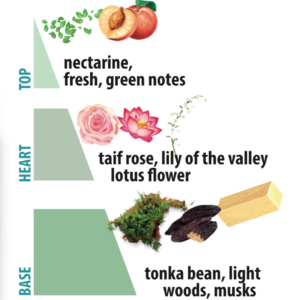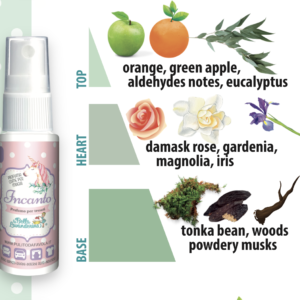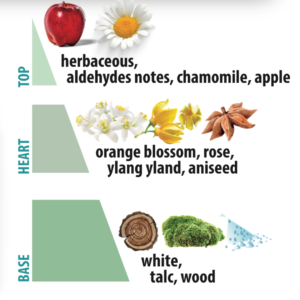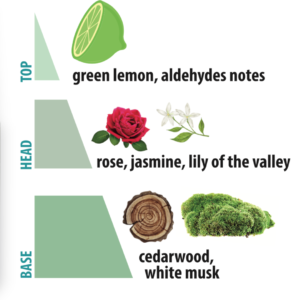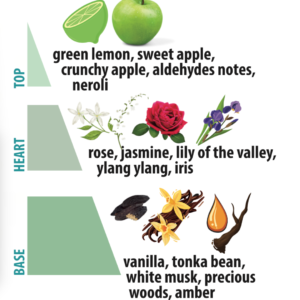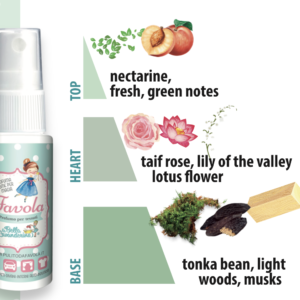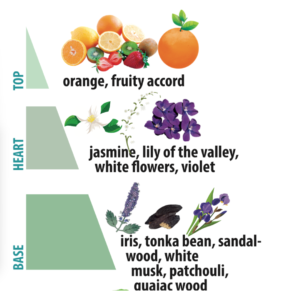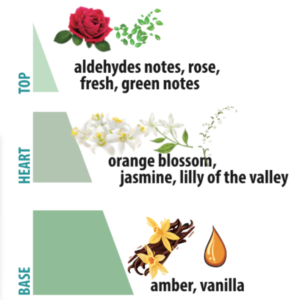
How are fragrances created?
busseni.livia2023-07-20T09:49:59+00:00Have you ever wondered how fragrances are created? Behind every captivating scent lies a carefully crafted structure, blending various aromatic compounds in a harmonious composition. Fragrances have the incredible ability to transport us to different places, evoke memories, and even influence our emotions. They add a layer of sensory experience to our lives, making them an integral part of our personal care routines and the products we use. In this blog, we will delve into the fascinating world of fragrance structure, shedding light on the key components and layers that make up these olfactory masterpieces.
- Fragrance Families: Fragrances can be classified into different families or categories based on their predominant scent characteristics. The main fragrance families include floral, oriental, woody, fresh, and citrus, among others. These families serve as a starting point for creating fragrances, providing a framework for perfumers to build upon.
- Top Notes: The first impression of a fragrance is created by its top notes. These are the initial scents that you experience when you first apply a fragrance. Top notes are generally light and volatile, evaporating quickly. They provide freshness and create an enticing opening for the fragrance. Examples of top notes include citrus fruits, green leaves, and aromatic herbs.
- Heart Notes: After the top notes fade away, the heart notes, also known as the middle or floral notes, emerge. These notes are the main character of the fragrance and develop fully a few minutes after application. Heart notes are usually floral or fruity, adding complexity and depth to the scent. Popular heart notes include rose, jasmine, lavender, and various fruits.
- Base Notes: The base notes form the foundation of the fragrance, providing longevity and a lingering impression. They appear after the heart notes settle and are the longest-lasting elements of the scent. Base notes are typically rich, warm, and earthy, adding depth and stability to the composition. Examples of base notes include musk, amber, vanilla, and various woods.
- Accords: Fragrances often feature accords, which are unique combinations of notes that create a specific character or theme within the fragrance. Accords can be created using various aromatic materials and can range from simple to complex. Some well-known accords include the powdery accord (comprising notes like iris and talc), the gourmand accord (featuring edible notes like chocolate and caramel), and the chypre accord (combining citrus, oakmoss, and patchouli).
- Perfumery Ingredients: Perfumers rely on a wide range of natural and synthetic ingredients to craft fragrances. Natural ingredients such as essential oils and absolutes are extracted from flowers, fruits, spices, and other botanical sources. Synthetic ingredients, known as aroma chemicals or aroma molecules, are created in a laboratory to replicate or enhance natural scents. Perfumers skillfully combine these ingredients to achieve the desired scent profile.
- Perfume Concentration: Fragrances are available in different concentrations, which determine their intensity and longevity. The most common concentrations include perfume (or parfum), eau de parfum, eau de toilette, and eau de cologne. The higher the concentration, the more potent and long-lasting the fragrance.
Conclusion: Behind every captivating fragrance lies a meticulously crafted structure, carefully balancing top, heart, and base notes to create a harmonious olfactory experience. Understanding the components and layers of fragrances can enhance our appreciation for the artistry and skill that goes into their creation. Next time you spritz on your favorite perfume or cologne, take a moment to appreciate the intricate structure that brings that delightful scent to life.









